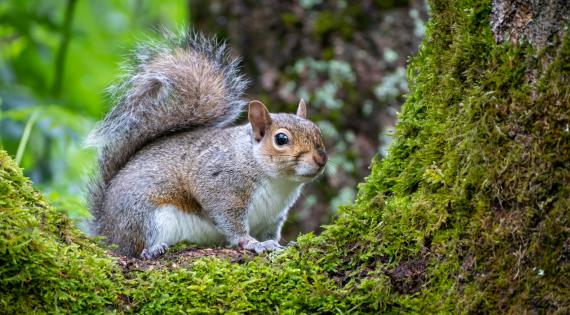Species moved by humans from one part of the world to a new region where the species wasn’t previously found are termed non-native species. Around 10-15% of non-native species can cause damage to nature and the way we live and these are termed invasive non-native species.
Invasive non-native species are a major and growing problem. Invasive non-native species are one of the top five drivers of global biodiversity loss and have played a role in 60% of plant and animal extinctions. Invasive non-native species threaten the survival of our native wildlife, damage ecosystems, and can even harm our health. They cost the global economy over $423 billion a year and are estimated to cost the British economy nearly £2 billion a year. Globally the costs of invasive non-native species have quadrupled every decade since 1970 (IPBES IAS Assessment).
The GB Non-native Species Information Portal (GBNNSIP) provides an invasive non-native species alert system for Great Britain. Through the portal you can access information including origin, date of introduction and methods of introduction for over 2000 non-native species established in Britain. It provides access to distribution maps and other information for all non-native species in Britain, and is hosted on the GB Non-Native Species Secretariat (NNSS) website. This information is vital in tackling the growing problem of biological invasions. Led by the UK Centre for Ecology & Hydrology, the GBNNSIP was developed and is maintained by a consortium of partners including the British Trust for Ornithology, Marine Biological Association and Botanical Society of Britain and Ireland.
Objectives
- Track the arrival, establishment and response to new non-native species.
- Provide support to assess potential risk from new arrivals, such as potential for establishment, likely pathways and possible impacts.
- Support the development of metrics for monitoring establishment status.
- Improve data flow, increase the quality and quantity of non-native species records.
